Household appliances play a crucial role in everyday comfort and convenience, yet they often malfunction at the most inopportune times. While some issues may appear daunting, many can be resolved with simple, do-it-yourself solutions. This post explores easy fixes for the most common appliance problems, helping you save money and avoid the hassle of professional repairs. From leaky dishwashers to clogged washing machine drains, you’ll learn how to tackle these problems quickly and efficiently, ensuring your home appliances run smoothly with minimal effort.
Contents
- 1 Fixing a Leaky Dishwasher
- 2 Unclogging a Washing Machine Drain
- 3 Solving Refrigerator Cooling Issues
- 4 Clearing Microwave Oven Errors
- 5 Restoring Electric Stove Burner Heat
- 6 Quick Fixes for Garbage Disposal Jams
- 7 DIY Repairs for a Noisy Dryer
- 8 Maintenance Tips for Air Conditioners
- 9 Take Charge of Your Home with These Easy Fixes
Fixing a Leaky Dishwasher
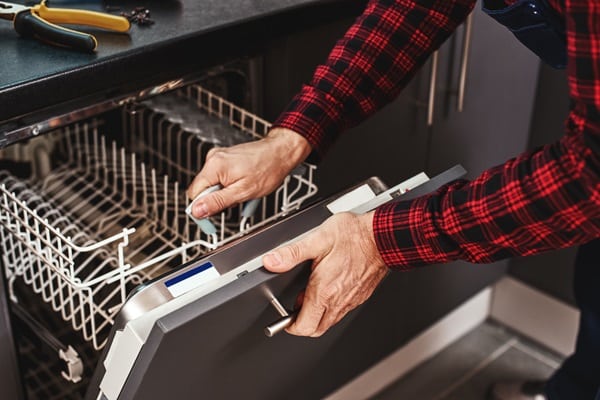
If you find your dishwasher leaking, the first step is to check the connections. Ensure the hose connections are tight and secure; sometimes, a simple tightening can solve the problem. Look at the inlet and drain hoses—loose or worn-out hoses are often culprits of leaks. If everything seems tight, the issue might lie with the washers within the connections, which can degrade over time and may need replacement.
Another common cause of dishwasher leaks is a damaged door seal. Over time, the rubber seal around the door can wear out or become brittle, breaking the watertight seal necessary to keep water inside. Inspect the seal for any signs of damage, such as cracks or gaps. If you notice any deterioration, replacing the door seal is straightforward and can usually be done without professional help, restoring the leak-proof integrity of your dishwasher.
Unclogging a Washing Machine Drain
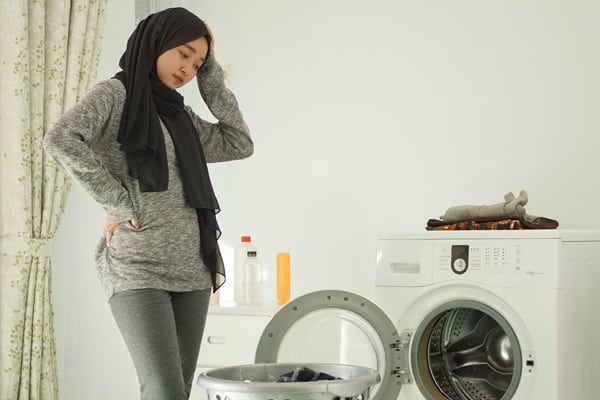
A clogged washing machine drain can cause water to back up, potentially leading to a messy overflow. Before calling a plumber, try using a plumber’s snake to gently remove any obstructions in the drain pipe. Insert the snake into the drain and rotate it to catch and pull out debris like lint or small clothing items that could be causing the blockage. This simple tool is inexpensive and can be a first line of defense against drain issues.
For preventive maintenance, regularly check the drain for buildup and clear out debris before it becomes a problem. Additionally, using less detergent can help prevent soap buildup in the pipes. If the clog persists after you’ve tried snaking the drain, the blockage might be deeper in the plumbing system, and a deeper cleaning solution or professional might be required. However, regular care can keep major clogs at bay.
Solving Refrigerator Cooling Issues
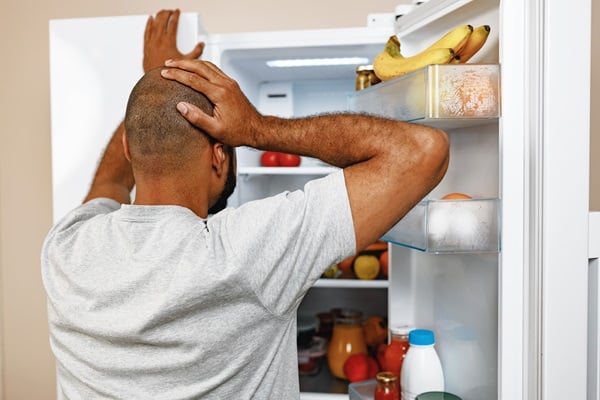
When your refrigerator isn’t cooling properly, it’s essential to check the most straightforward solutions first. Begin by ensuring that the temperature settings haven’t been accidentally changed. Sometimes, the dials can be bumped, setting the temperature higher than ideal. Next, check to see if the refrigerator is overly packed; poor air circulation can hinder cooling efficiency, so rearrange items to allow for better airflow.
Condenser coils, crucial for dissipating heat, can also impede your refrigerator’s performance if they become covered in dust and pet hair. Located at the back or beneath the appliance, these coils should be cleaned every six months using a vacuum or a special brush. Regular cleaning not only improves efficiency but also extends the life of your refrigerator by ensuring it doesn’t have to work harder than necessary to keep your food cold.
Clearing Microwave Oven Errors
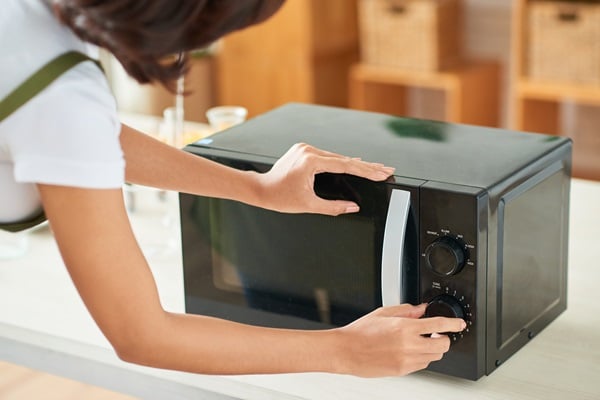
Microwave ovens can display error codes or simply stop working efficiently when they need a bit of attention. First, try unplugging the microwave for about a minute and then plugging it back in. This can reset the appliance’s system and clear any temporary glitches that might be affecting its performance. Often, this simple step is all that’s needed to restore function.
If errors persist, the problem could be related to cleanliness. Food splatters and built-up grease inside your microwave can absorb energy, reducing its efficiency and leading to mechanical problems. Regular cleaning with a damp cloth and mild detergent will not only keep your microwave hygienic but also ensure it operates at peak efficiency. For persistent issues, check the door seal and hinges for any damage that could prevent the microwave from operating safely and effectively.
Restoring Electric Stove Burner Heat
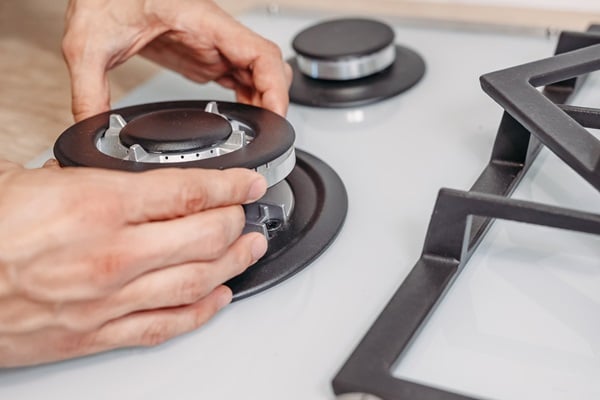
When an electric stove burner stops heating, it’s often due to a faulty connection or a burned-out burner. Start by ensuring that the burner is properly connected. Sometimes, simply removing the burner and reinserting it into the socket can restore function. Make sure the stove is off and cool before you touch any components. If this doesn’t solve the problem, inspect the burner for any visible damage, such as warping or blistering.
If the issue persists, it might be time to replace the burner, which is a relatively simple process that you can do yourself. Burners can be purchased at most hardware stores or online. Ensure you get the correct model specific to your stove. Replacing a burner involves unplugging the old one, removing it from the stove, and inserting the new burner in its place. This quick fix can bring your stove back to full functionality, allowing you to cook your meals efficiently and safely.
Quick Fixes for Garbage Disposal Jams
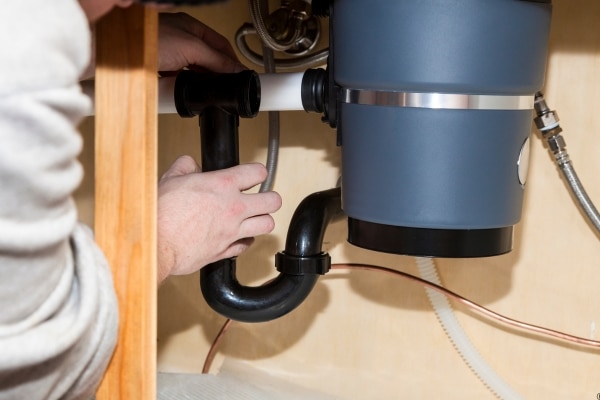
Garbage disposals are great kitchen helpers but can jam when hard objects or too much waste gets trapped. To fix a jam, first, ensure the disposal is turned off at the power source for safety. Then, use an Allen wrench in the center shaft underneath the disposal. Turning the wrench back and forth can help free up the blades and dislodge whatever is causing the jam.
After dealing with the mechanical aspect, reach into the disposal (with the power still off) to remove any debris that may be blocking the blades. Be cautious and use tools rather than your hands if possible. Once cleared, you can restore power and test the disposal by running water and turning it on. Regular maintenance, like running cold water during and after use and avoiding disposal of fibrous or hard materials, can prevent future jams and keep the disposal running smoothly.
DIY Repairs for a Noisy Dryer
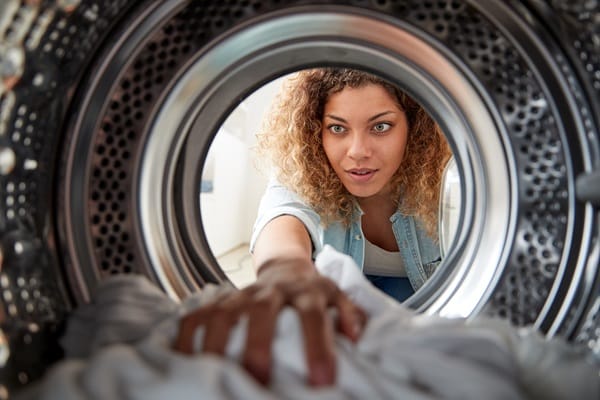
A noisy dryer can be disconcerting, and often, the noise is a symptom of a loose or worn part. Common culprits include worn belts or malfunctioning pulleys. Accessing these parts typically involves removing the dryer’s back panel. Check the belt for any signs of wear, such as cracking or fraying. If the belt is in poor condition, replacing it can significantly reduce the noise and improve the efficiency of your dryer.
Other times, the noise may be due to items caught in the dryer drum or debris accumulation. Check for small items like coins or buttons that might have fallen out of your pockets and remove them. Clean any lint or debris from around the drum and ensure all screws in the drum are tight. Regular cleaning and maintenance can prevent noise issues and extend the lifespan of your dryer, ensuring it runs quietly and efficiently.
Maintenance Tips for Air Conditioners
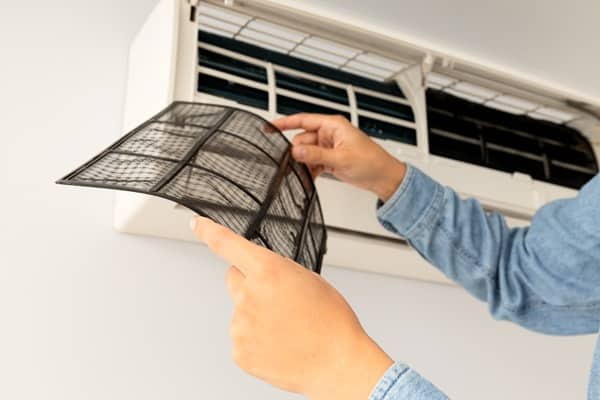
Maintaining your air conditioner is key to its efficiency and longevity. One of the simplest and most effective maintenance tasks is cleaning or replacing the air filters. Clogged filters restrict airflow, reduce efficiency, and strain the system, leading to higher energy costs and potential system failures. Check the filters monthly, especially during heavy use periods, and replace or clean them as needed according to the manufacturer’s instructions.
Another important aspect of air conditioner maintenance is checking the coolant levels and thermostat settings. Low coolant levels can cause your air conditioner to work harder, increasing energy use and reducing cooling effectiveness. Ensure the thermostat is calibrated correctly to reflect the actual room temperature. If your air conditioner still struggles to cool the room after checking these elements, it might be time to call a professional for a deeper inspection or repair. Regular checks can keep your system running smoothly throughout the hot months, ensuring comfortable temperatures indoors.
Take Charge of Your Home with These Easy Fixes
Tackling appliance repairs yourself not only saves money but also equips you with valuable skills to maintain your home efficiently. By following these straightforward fixes, you can often prevent small issues from becoming costly problems. Remember, the key to appliance longevity is regular maintenance and timely repairs. So, next time your appliance falters, consider these tips before calling a professional and take pride in managing your home’s needs with confidence and savvy.



